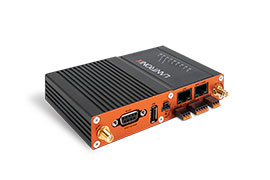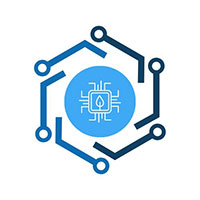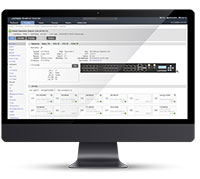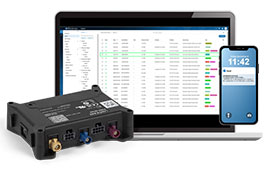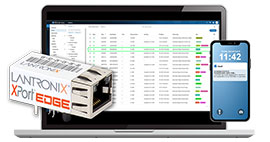Fiber Connectivity for Advanced Traffic Management Case Study

Lantronix Enables Fiber Optic Connectivity at Nearly 500 Traffic Signals as Part of County’s Advanced Traffic Management System Update
Summary
A large Midwest county needed to update its traffic signal communications infrastructure to connect cameras and other communications systems to over 450 traffic signals on county roads. The county’s dilemma? Install a sizeable fiber-optic network at significant cost or find another solution that would deliver similar results. The county chose an alternative solution and selected CWDM Mux/Demux and Add/Drop Mux. This solution will save thousands of dollars per mile while still achieving the benefits of a direct fiber connection.
Challenge
In one urban upper Midwest county boasting more than 1 million residents, transportation officials began to see a troubling pattern: increasing traffic congestion, long commute delays, and unsafe driving conditions. To alleviate these problems, county officials decided to modernize the county’s transportation system.
As part of the initiative, the county planned to update its traffic signal communications infrastructure by building a fiber-optic network to connect cameras and other communications systems to over 450 traffic signals on county roads. As traffic camera resolutions improve and collect more data, higher-bandwidth networks are essential to handle additional data load and the distance from the light signal to the control center. A fiber-optic network would allow for each traffic signal to communicate and transmit real-time traffic conditions to local operations centers to enable improved signal timing and better overall traffic flow.
However, purchasing and installing fiber optic cabling is expensive. Fiber must be crimped and requires costly and time-consuming underground trenching to lay the cabling. Minimizing the amount of new fiber needed for the network was critical to keep the project under budget.
The Solution
The county decided to capitalize on its existing fiber infrastructure by selecting Lantronix Coarse Wavelength Division Multiplexing (CWDM) Mux/Demux, Add/Drop Mux devices and CWDM SFPs to enable its fiber-optic connectivity.
CWDM is a wavelength division multiplexing (WDM) technology that transmits multiple optical signals onto a single fiber pair by using different wavelengths of light. It can send data via unique wavelengths for simultaneous transmission over fiber pair cables.
CWDM is a cost-effective method to capitalize on existing fiber cabling because it uses the nanometer channel spacing between wavelengths, allowing more data to be transmitted.
Lantronix’s CWDM Mux/Demux and Add/Drop Mux optical devices allow for expanded capacity using existing fiber infrastructure and provides the scalability to grow fiber capacity with little or no increased cost. The devices can transmit high speeds and multiple protocols over an existing duplex fiber with no configuration or utility power necessary.
Lantronix Solutions
Lantronix CWDM SFP transceivers offer a cost-effective and flexible means to accommodate network modifications for growth and provide 1G to 10G speeds. The SFPs are Multi-Sourcing Agreement (MSA) compliant, ensuring interoperability with all other MSA-compliant networking devices.
The CWDM modules are available as 4-channel, 8-channel, or 16-channel mux/demux modules, supporting an optional add/drop capability and a scalable bandwidth of up to 10 Gbps per channel over existing fiber links. The modules are plug-and-play, requiring no configuration of CWDM components, and can use existing standard optical ports on switches and routers. The modules support a wide temperature range (-20 to 70◦C).
Results
Lantronix CWDM Mux systems provide a simple and affordable method to maximize the county’s transportation fiber capacity. By implementing the CWDM SFP and CWDM Mux devices, the county can take one fiber cable pair and drop a wavelength at up to 16 different locations, dramatically reducing the amount of fiber cable construction needed.
With the Lantronix equipment in place, the county can engineer its network with a minimal fiber optic cable. Lantronix’s solution will save thousands of dollars per mile while still achieving the benefits of a direct fiber connection at each traffic signal to ensure an efficient and safer traffic system that helps alleviate congestion and reduces safety hazards.
